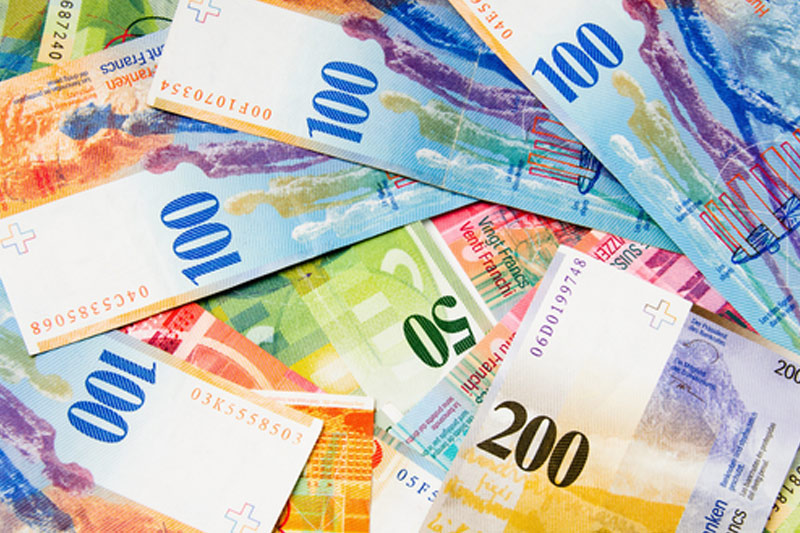(Bloomberg) -- The Swiss franc swooned almost 1 percent at the start of Asian trade Monday as thin liquidity caused by a Japan holiday led to a mini recurrence of the “flash crash” that roiled FX markets early last month.
The Swissie slid from 1.0004 per dollar around 7 a.m. in Tokyo to as weak as 1.0096, the lowest since November, within a matter of minutes before almost as suddenly reversing the move to trade 0.2% stronger on the day. The round trip created a trading range for Monday of almost 110 pips, about double this year’s daily average of 56 pips.
The move was a smaller cousin of the whiplash that saw the yen jump almost 8 percent against the Australian dollar early on Jan. 3, when Japanese markets were nearing the end of a week-long New Year holiday break.
“Lack of liquidity is a common factor in these events,” said Rodrigo Catril, a senior foreign-exchange strategist at National Australia Bank Ltd. in Sydney. “Traders and strategists now have Japan holiday calendars printed in big font at their desk!"
Catril said the move may have been initially triggered by a data entry error that triggered off a cascade of computer trades based on pre-entered algorithms.
One client who had a short position on USD/CHF had entered preset instructions to buy back the currency pair if it rose and the covering was triggered at 1.0070, according to a sales trader who asked not to be identified. When the trader called the client to inform them the level had dropped back to 1.0020.
